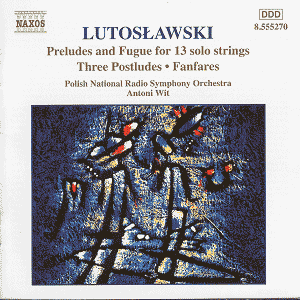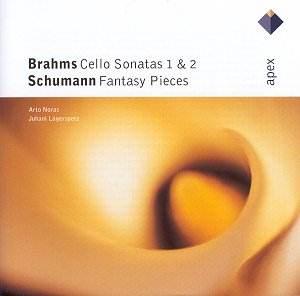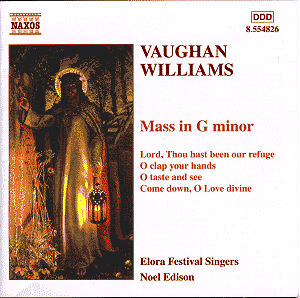 Composer: Witold Lutosławski
Composer: Witold Lutosławski
Works: Orchestral Works Vol. 7: Three Postludes, Preludes and Fugues for 13 Solo Strings, Mini Overture, Fanfare for Louisville, Fanfare for CUBE, Prelude for G.S.M.D., Fanfare for the University of Lancaster
Performers: Polish National Radio Symphony Orchestra, Antoni Wit (conductor)
Recording: 6 September 1996 (Postlude No. 1), 16-17 May 2000 (Postludes Nos. 2 & 3, plus shorter items), 23 July 2000 (Preludes & Fugue), Fitelberg Concert Hall, Katowice
Label: NAXOS
Witold Lutosławski, a towering figure in 20th-century music, navigated the tumultuous waters of modernism with a distinctive voice that evolved significantly over his prolific career. His early engagement with Polish folk traditions gave way to a more avant-garde style following the cultural thaw of post-Stalin Poland. The works featured in this seventh volume of Naxos’s orchestral series encapsulate Lutosławski’s mature language, marked by intricate textures and innovative approaches to form, particularly notable in the Three Postludes and the Preludes and Fugues for 13 solo strings.
The Three Postludes open the disc with a compelling immediacy. Each piece is distinct, yet all share a cohesive orchestral palette that reveals Lutosławski’s deft manipulation of instrumental color. The Polish National Radio Symphony Orchestra, under Antoni Wit’s baton, delivers an interpretation that balances precision with expressive depth. The recording captures the brassy exuberance of the orchestration, particularly in Postlude No. 2, where the interplay between strings and brass creates a vivid tapestry of sound. The clarity of the engineering allows for the nuanced textures to emerge, making each listening experience a fresh revelation.
The highlight of this collection is undoubtedly the Preludes and Fugues for 13 Solo Strings. This work stands as a testament to Lutosławski’s innovative use of chance elements, which he integrates within a structured framework. The performers navigate the work’s complexities with remarkable finesse. The individual and collective voice of the string ensemble is strikingly idiomatic, capturing the composer’s intent while also embracing the inherent variability of the piece. The recording quality here is particularly commendable; the spatial placement of the instruments creates a three-dimensional sound stage that draws the listener into the intricate dialogues between the sections.
Shorter works like the Fanfare for CUBE, despite their brevity, exemplify Lutosławski’s ability to convey profound musical ideas succinctly. Running a mere 28 seconds, this piece demonstrates his skill in crafting impactful motifs that resonate well beyond their duration. The interpretive choices made in these miniatures reveal Wit’s understanding of Lutosławski’s style, highlighting the composer’s penchant for juxtaposing stark contrasts while maintaining a sense of cohesiveness.
The engineering throughout the recording is sound, presenting a clean and balanced mix that allows for the subtleties of Lutosławski’s orchestration to shine without excessive coloration. In comparison to other recordings within the Naxos series, this volume stands out for its clarity and the musicians’ commitment to the material, making it an essential addition for both enthusiasts and newcomers to Lutosławski’s oeuvre.
This installment of Lutosławski’s orchestral works is a compelling exploration of his innovative spirit and technical mastery. The performances are both technically accomplished and artistically profound, offering listeners an engaging glimpse into the textures and forms that define his later works. The combination of thoughtful interpretation, high-quality sound engineering, and a well-curated selection of pieces results in a recording that is not only rewarding but essential for understanding the breadth of Lutosławski’s contribution to contemporary music.



